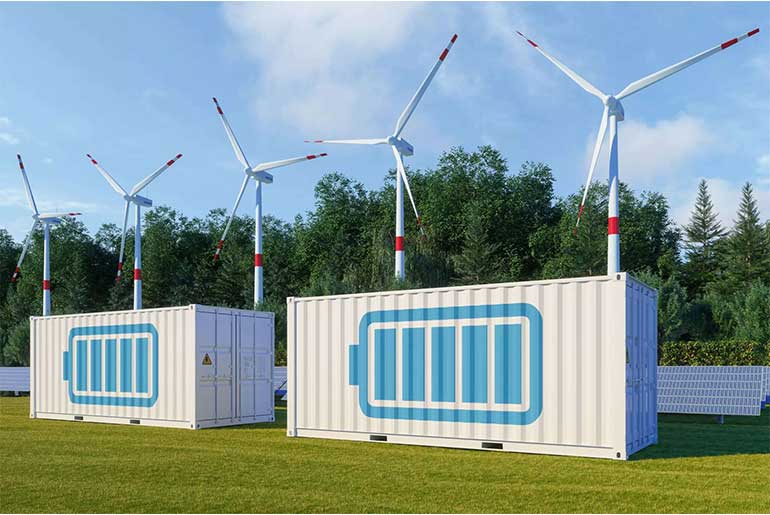Terralayr has been in the spotlight following its battery energy storage system (BESS) aggregation tolling platform, where it has signed long-term tolling agreements in Germany with energy giants RWE and Vattenfall. But to what extent are these agreements unique? At the Energy Storage Summit Germany 2025 in Stuttgart, I talked to the Chief Commercial Officer of Terralayr, Mikko Preuss.
Preuss said, “Tolling deals are not foreign to the industry, but we think that these kinds of agreements are a special arrangement.” The summit was co-located with The Battery Show Europe 2025 by Informa, the parent company of Solar Media, and was held June 3-5.
Tolling schemes Tolling schemes are becoming more regular in the BESS industry, in Germany and elsewhere, as owner-operators aim to achieve financing with banks and risk-averse investors, including pension and infrastructure funds. The recent tolling agreements of Terralayr with RWE and Vattenfall include capacity of several projects in Germany, which is a peculiarity. Nevertheless, such an idea is not absolutely innovative; thus, last year, Octopus and Gresham House had a major transaction, which covered 14 projects in the UK.
What sets Terralayr apart?
“We consolidate a fleet of underlying assets into one capacity total—55 MW in the case of Vattenfall—and we provide both the assets and the technological platform to manage them. We are effectively separating the roles of asset owner, platform provider, and offtaker.”
– Preuss
The main difference is that Terralayr offers both the assets and the technology, whereas Octopus Energy already had an existing tech platform, Kraken, long before the announcements of Terralayr.
“The toll is not based on individual assets. Our overall strategy is to contract out 50% of the capacity, creating a clear segment for the offtaker. We have built trust with our partners, which is invaluable and will carry forward into future tolling agreements.”
– Preuss.
The Terralayr platform enables offtakers to integrate through an API, which will enable the offtaker to control the contracted BESS capacity in different markets. The company sells its solution as a service to third-party owners of BESS, but the current transactions are related to the company’s projects.
The other novelty of these toll agreements is that they are not connected to particular projects but to BESS capacity via the platform. Theoretically this structure increases availability; where one site may be down, its capacity can be substituted by another site, as long as there is adequate capacity within the platform.
“The toll structure ensures that if a 10 MW asset fails, it can be substituted with another, which is a benefit for the offtaker. While there are contractual obligations regarding megawatts and performance specifications, the specific physical asset used is inconsequential.”
– Preuss.
In the case of project owners, Preuss was questioned on the long-term goal of Terralayr with regard to becoming a bankable offtaker counterparty to project owners looking to obtain financing. His answer was, “We are trying to reach that point, but it will take some time.” He answered that Terralayr was already in the position of giving solutions to third-party developers and investors. To take a specific example, where Developer A builds a 100 MW asset and expects to toll 70%, they can find a 70% tolling deal with a bankable counterparty on our platform but leave the other 30% to merchant optimizers. This will be an effective strategy to combine both strategies.
Save the date: Energy Storage Summit 2026 will take place on February 24, 2026, at the InterContinental London—The O2, and it is bound to be a thrilling event with engaging workshops, industry working groups, and excellent networking possibilities.



